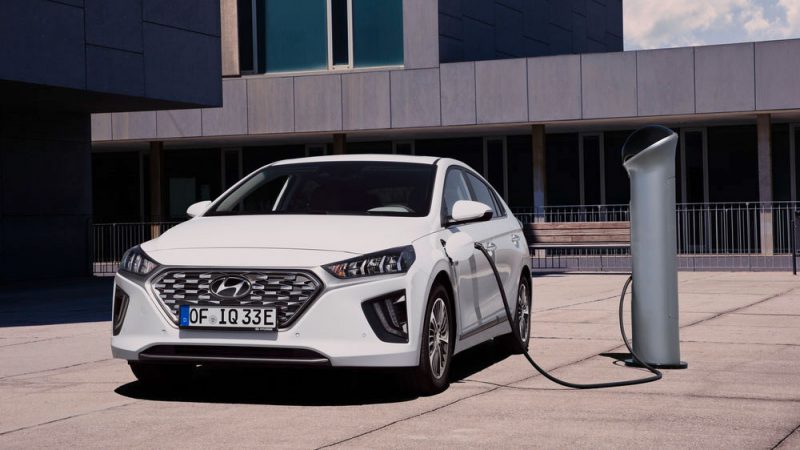The Victorian government has topped up its Zero Emissions Vehicle subsidy, after the 2021-22 allocation of 4,000 rebates offering a discount on the purchase price of new electric cars was exhausted well ahead of schedule.
The Andrews government’s ZEV subsidy scheme, which came into effect in July 2021, has set aside $46 million to offer a total of 20,000 $3,000 rebates for cars priced under $68,740.
The scheme’s initial allocation of 4,000 rebates was expected to last the full 2021-22 financial year, but the government said in a statement over the weekend that more than 4,000 Victorians had already taken advantage of the incentive, leading to a further allocation of 2,400 to keep the scheme flowing until the next official allocation on July 1.
Contrary to reports in some media, no additional funds have been allocated to the subsidy scheme at this stage, and the extra 2,400 rebates will come out of the total number on offer (20,000) over the course of the ZEV policy.
Still, Solar Victoria, which runs the ZEV subsidy for the state government, said this week that the faster than expected uptake of the rebates – and the need to allocate more – was a good news story, illustrative of strong local demand for electric cars. At the time of reporting, just under 2,000 rebates were still available for application in the 2021-22 allocation.
State energy and climate minister Lily D’Ambrosio said on Saturday that the subsidy had helped deliver a 310 per cent year-on-year jump in sales of electric vehicles in Victoria in 2021.
“This nation leading subsidy is cutting the cost of living for thousands of Victorians while driving us closer to our goal of net-zero emissions by 2050,” D’Ambrosio said.
“We are transforming our energy system with an historic investment in renewable energy to meet our ambitious target of halving emissions by 2030, and electric vehicles have a critical role to play in meeting that target.”
A Solar Victoria survey of participants in the subsidy scheme has also returned positive results, with 99.2 per cent of customers found to be satisfied with their switch to an electric car.
One participant from Brunswick East in Melbourne, who bought a Hyundai Ioniq in late November of last year, told Solar Victoria that she was driving 130km each day to her job at a Frankston hospital.
“I was nervous about charging infrastructure and didn’t know how it would go. I was nervous about range but I took a gamble, as, being single with no kids I can afford to absorb a bit of inconvenience, but it has not been an issue at all,” said 32-year old Steph Keehan, in comments supplied to The Driven.
“It takes a full charge about 20 hours, but for me, travelling about 130km a day, it uses about 40-45 per cent of the battery, so I charge overnight and it’s worked out to be less than $3 per 100km on my electricity bill.
“I drove to Albury and had to stop and charge the car at Euroa both ways for about half an hour, so I sat and had an ice-cream and then got back on the road. The whole trip was under $20, it was about $7 or $8 each way.
“I have no reservations at all about travelling out of the city. You do have to plan it carefully but the Chargefox app tells you which charging stations are working and not, and it’s live, so it tells you whether it’s in use or not.”
“I don’t regret anything. Anyone who can afford it should definitely buy one.”
According to Solar Victoria, the areas with the greatest uptake via the ZEV subsidy include Melbourne’s western and eastern suburbs, with the Wyndham, Boroondara and Monash local government areas leading the charge.

Sophie is editor of One Step Off The Grid and deputy editor of its sister site, Renew Economy. Sophie has been writing about clean energy for more than a decade.


